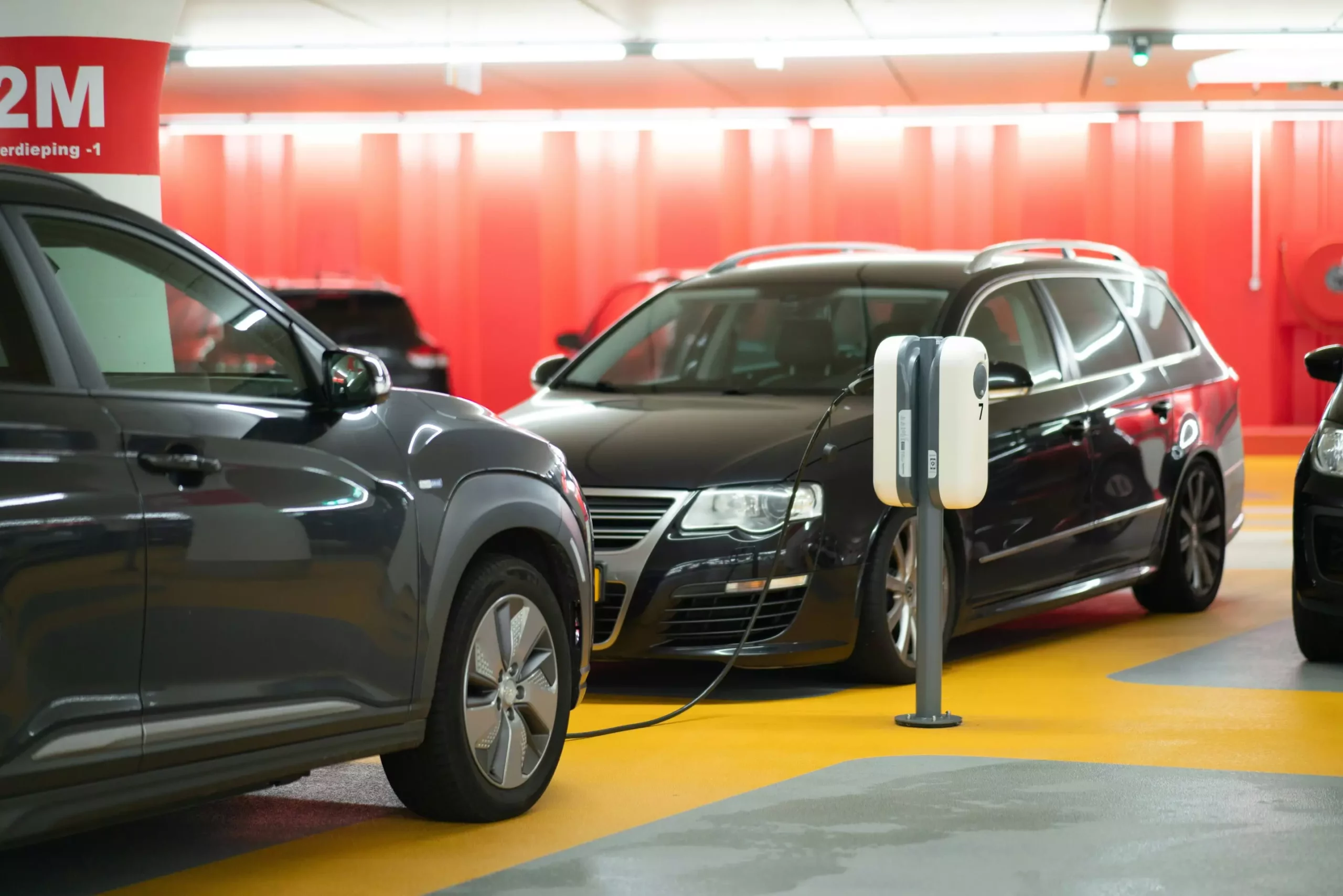A recent study conducted by a collaborative group of university researchers presents a sobering reality for the United States as it endeavors to meet aggressive vehicle emission reduction targets. The findings indicate that the nation’s goal of reducing vehicle emissions by approximately 15% over the next decade is not only ambitious but significantly unattainable without substantial adjustments in policy and production capabilities. This article dives into the research, examines potential solutions, and underscores the need for a balanced approach in meeting both environmental and economic goals.
At the heart of the analysis is a startling conclusion regarding electric vehicles (EVs). The study, published in *Nature Communications*, highlights that the U.S. is poised to fall approximately half of its projected electric vehicle production targets for the 2027-2032 period. Specifically, it reveals a need for 10.21 million EVs to meet emissions benchmarks, while only about 5.09 million could realistically be produced. The primary obstacles identified are insufficient supply chains and a lack of mineral resources required for EV manufacturing, such as cobalt, graphite, lithium, and nickel.
Despite the U.S. possessing potential reserves of these crucial materials, the bottleneck lies in the capacity to mine and process them efficiently. This gap in supply and demand is critical, with the predicted failure to produce enough electric vehicles resulting in around 60 million additional tons of carbon dioxide emissions— a significant environmental concern that cannot be overlooked.
In response to these challenges, researchers are advocating for an exploration of alternative strategies, particularly the increased production of hybrid electric vehicles (HEVs). Unlike fully electric vehicles, HEVs require fewer mineral resources while still contributing to reduced tailpipe emissions. This hybrid approach not only presents a more immediate solution to bridge the gap in meeting emission goals but also offers a pragmatic path to enhancing the sustainability of the automotive industry.
The idea is to pivot policy discussions to incorporate HEVs as a viable transitional solution. By broadening the focus beyond solely electric vehicles, lawmakers might more effectively navigate the complex landscape of public transportation policy while staying committed to reducing emissions. This adjustment could ultimately create a more flexible framework, accommodating the practical challenges the industry faces today.
Another salient point brought forth by the research relates to U.S. reliance on foreign resources, particularly from China. While leaning on these global suppliers may help the U.S. achieve its EV production targets, such a strategy poses significant national security concerns. The dilemma presented is whether a commitment to reducing emissions is worth the potential risks associated with dependence on international suppliers for critical minerals.
This critical juncture requires not only a dialogue among policymakers but also broader public engagement concerning the values that drive energy and environmental policies. Voters and consumers alike must grapple with the implications of their preferences, balancing ecological responsibilities against the imperative for energy independence.
As illustrated by the research findings, the challenges posed by inadequate mineral supplies and ambitious policy targets require a reassessment of current strategies. This study underscores the necessity for adaptable policies that embrace both electric and hybrid vehicles to achieve realistic emissions reductions effectively. A focus on increasing domestic production capabilities while fostering international partnerships may enhance resilience against supply chain disruptions.
As the U.S. navigates its path toward sustainable transportation, it must also foster innovative solutions and remain flexible in its approach. By incorporating a wider range of vehicle technologies and acknowledging the complexity of resource management, the country can set a course toward meaningful environmental progress without compromising security or economic viability. Thus, the road ahead may be complex, but it is not without hope or potential pathways toward success in combating climate change.


Leave a Reply